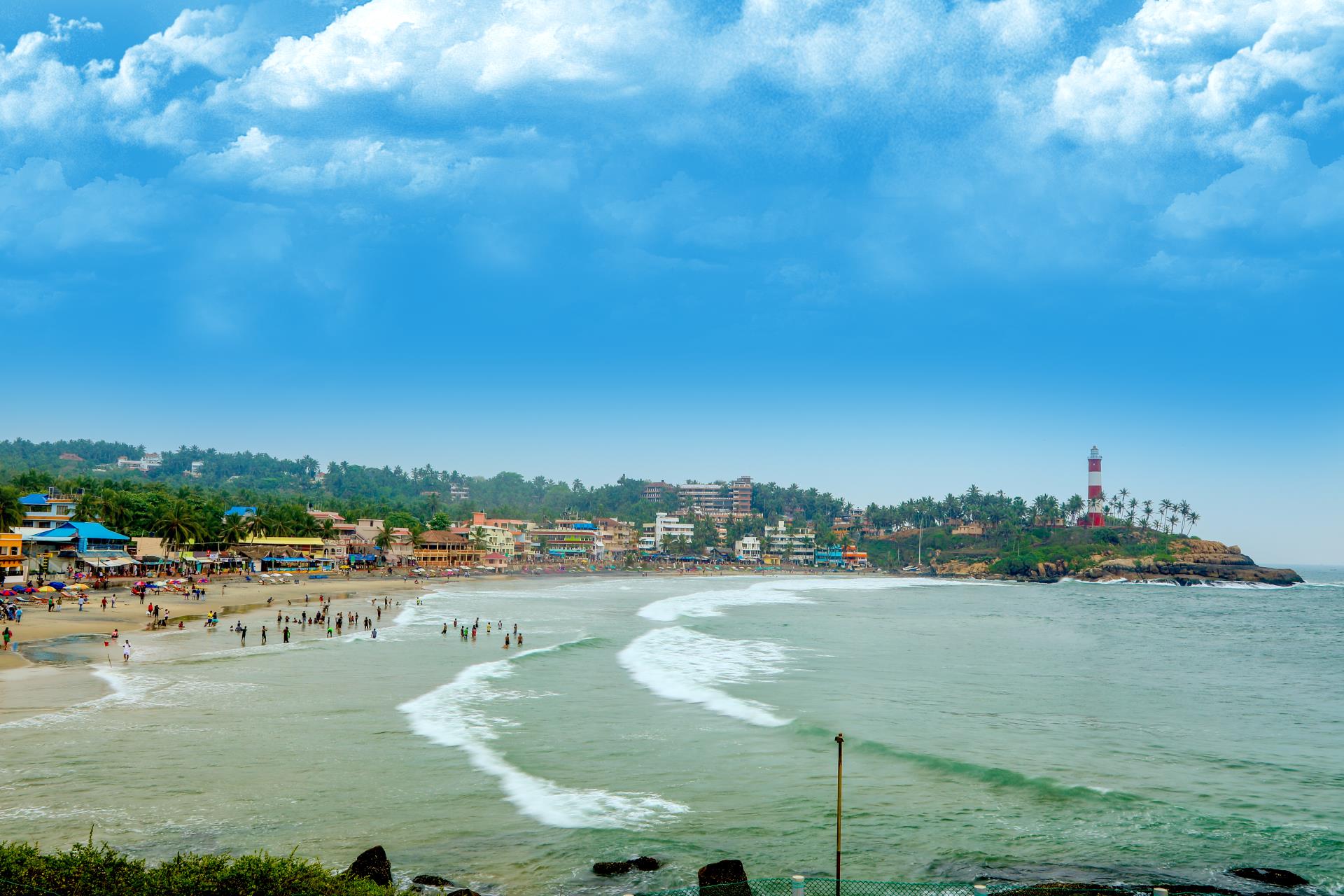
Sorry, we couldn't find anything that matches your search.
Destination

Famous Places to Explore in Hyderabad
A vibrant city with the imposing...

Raipur Tourist Places | Best Place to Visit
The stronghold of several erstwhile...

Ahmedabad
Declared as India's first UNESCO World...
#
Located within the precincts of the East Fort, the Padmanabhaswamy Temple is famous for its stone carvings and mural paintings. Lord Vishnu reclining on Anantha, the serpent, is the presiding deity in this temple, which is considered to be among the 108 sacred shrines, or Divya Desams of Lord Vishnu in India. According to the Hindu holy text of the Bhagwat Gita, Lord Krishna's elder brother, Balarama visited this temple, which is a confluence of Dravidian and Kerala architectural styles. It is believed that the temple has a mysterious vault that cannot be opened by any human being. It is said that if people attempt to do so then catastrophes would follow in the temple premises, around it or across India. Only those who profess to follow the Hindu code can enter this temple and there is a dress code as well.
The present structure of the temple is the result of the renovation commissioned by Marthanda Varma, one of the more popular and noted Travancore kings. He also introduced the festivals of Murajapam and Bhadra Deepam in the temple. The former of these festivals translates to continuous chanting of prayers, and is held at Padmanabhaswamy once every six years.
The idol of the presiding deity is unique in the way that it comprises more than 12,000 salagramams (fossilised shell, considered as the symbol of Lord Vishnu), taken from the banks of River Gandaki in Nepal. It is 18 ft long, placed on a stone slab, and visible from the three doors of the chamber. There are also life-size images of Narasimha Swamy (the half-lion, half man incarnation of Lord Vishnu), Lord Ganesha and Gaja Lakshmi here. A flag post, known as dhwaja stamba, features gold-plated copper sheets. Halls such as the bali peeda mandapam and mukha mandapam showcase deities on their walls, while the ceiling of the navagraha mandapa shows the nine planets of the solar system. On the lower levels is the drama hall, where Kathakali performances take place during the Malayalam months of Meenam (March-April) and Thulam (October-November). The corridor of the temple is another masterpiece, with carved granite-stone pillars on either side.
The temple follows a strict dress code, so ideally, men should wear dhotis (reaching all the way down to their feet), and women should wear sarees, half sarees or a skirt and blouse for the darshan (a practice of paying obeisance to the deity).







